Explore our gardener’s guide to magnificent 19 Flowers that start with M. Find out how to grow and care for these unique and colorful blooms.
Are you looking to add some variety to your garden? Let’s explore 19 beautiful Flowers that start with the letter M. These plants can bring color, texture and interest to any outdoor space. We’ll cover how to grow them and what makes each one special.
1. Marigold

Here’s a short information chart about Marigold:
| Aspect | Information |
|---|---|
| Botanical Name | Tagetes spp. |
| Common Name | Marigold |
| Appearance | Vibrant, daisy-like flowers in yellow, orange, or red |
| Leaf Shape | Feathery, pinnate |
| Plant Type | Annual or perennial herb |
| Zones | USDA Zones 2-11 |
| Sun Exposure | Full sun |
| Soil Type | Well-drained, fertile |
| Watering | Moderate |
| Fertilization | Regular application during growing season |
| Growth Habit | Upright, bushy |
| Height/Spread | 6 inches to 3 feet tall, spread varies |
| Pests | Generally resistant; susceptible to spider mites |
| Special Features | Attracts pollinators; used in companion planting |
Marigolds are cheerful, easy-to-grow flowers that come in shades of yellow, orange and red. They bloom all summer long and can help keep pests away from your vegetable garden.
How to grow:
- Plant in full sun
- Water regularly but don’t overwater
- Pinch off dead blooms to encourage more flowers
2. Magnolia

Here’s a short information chart about Magnolia:
| Aspect | Information |
|---|---|
| Botanical Name | Magnolia spp. |
| Common Name | Magnolia |
| Appearance | Large, showy flowers in white, pink, or purple hues |
| Leaf Shape | Broad, glossy, elliptical to ovate |
| Plant Type | Deciduous or evergreen tree or shrub |
| Zones | USDA Zones 4-9, depending on species |
| Sun Exposure | Full sun to partial shade |
| Soil Type | Moist, well-drained |
| Watering | Regular; prefers consistent moisture |
| Fertilization | Periodic feeding with balanced fertilizer |
| Growth Habit | Typically upright; varies by species |
| Height/Spread | Varies widely by species; can range from 10 to 80 feet in height |
| Pests | Generally pest-resistant; watch for scale insects |
| Special Features | Fragrant flowers; important in horticulture and landscaping |
Magnolias are trees or shrubs known for their large, fragrant flowers. They can be evergreen or deciduous, depending on the variety.
How to grow:
- Choose a spot with full sun to partial shade
- Plant in well-draining soil
- Water deeply and regularly, especially when young
3. Morning Glory
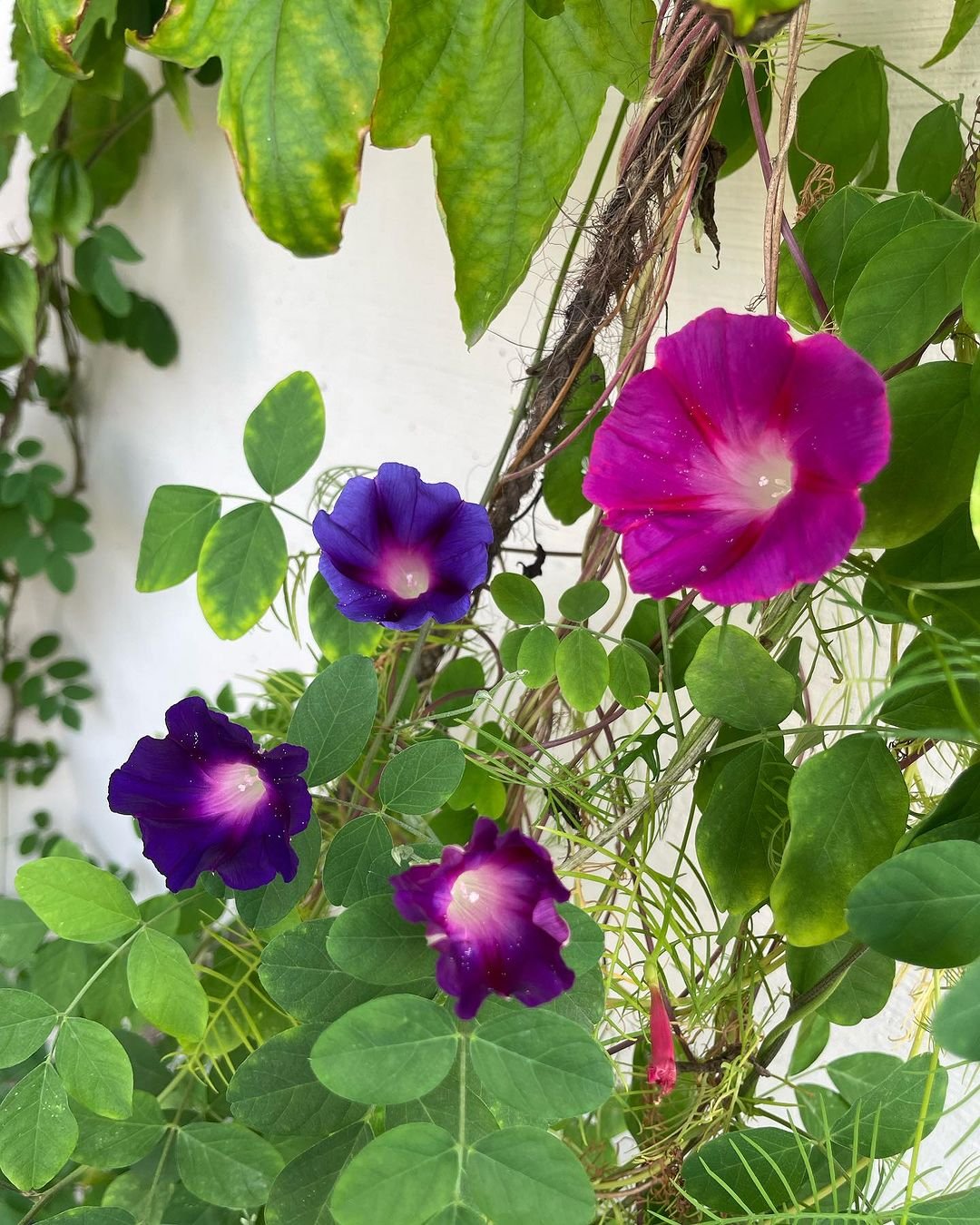
Here’s a short information chart about Morning Glory:
| Aspect | Information |
|---|---|
| Botanical Name | Ipomoea spp. |
| Common Name | Morning Glory |
| Appearance | Funnel-shaped flowers in various colors (blue, purple, pink, white) |
| Leaf Shape | Heart-shaped, lobed |
| Plant Type | Annual vine |
| Zones | USDA Zones 3-10, depending on species |
| Sun Exposure | Full sun |
| Soil Type | Well-drained, fertile |
| Watering | Regular; prefers moderate moisture |
| Fertilization | Occasional feeding with balanced fertilizer |
| Growth Habit | Climbing, twining |
| Height/Spread | Varies; can reach up to 10 feet tall |
| Pests | Susceptible to aphids, spider mites |
| Special Features | Fast-growing; blooms in the morning and closes by midday; attracts pollinators |
Morning glories are fast-growing vines with trumpet-shaped flowers that open in the morning. They come in shades of blue, purple, pink and white.
How to grow:
- Provide a trellis or fence for support
- Plant in full sun
- Soak seeds overnight before planting for better germination
4. Moonflower

Here’s a short information chart about Moonflower:
| Aspect | Information |
|---|---|
| Botanical Name | Ipomoea alba |
| Common Name | Moonflower |
| Appearance | Large, white, fragrant, trumpet-shaped flowers that bloom at night |
| Leaf Shape | Heart-shaped, deeply lobed |
| Plant Type | Annual vine |
| Zones | USDA Zones 9-11 |
| Sun Exposure | Full sun to partial shade |
| Soil Type | Well-drained, fertile |
| Watering | Regular; prefers moderate moisture |
| Fertilization | Occasional feeding with balanced fertilizer |
| Growth Habit | Climbing, twining |
| Height/Spread | Can reach up to 15 feet tall |
| Pests | Generally pest-resistant |
| Special Features | Blooms in the evening and night; fragrant flowers; attracts moths and pollinators |
Moonflowers are night-blooming vines with large, white flowers that open in the evening. They have a sweet fragrance that attracts night pollinators.
How to grow:
- Provide a sturdy support for climbing
- Plant in full sun to partial shade
- Keep soil moist but not waterlogged
5. Moss Rose (Portulaca)
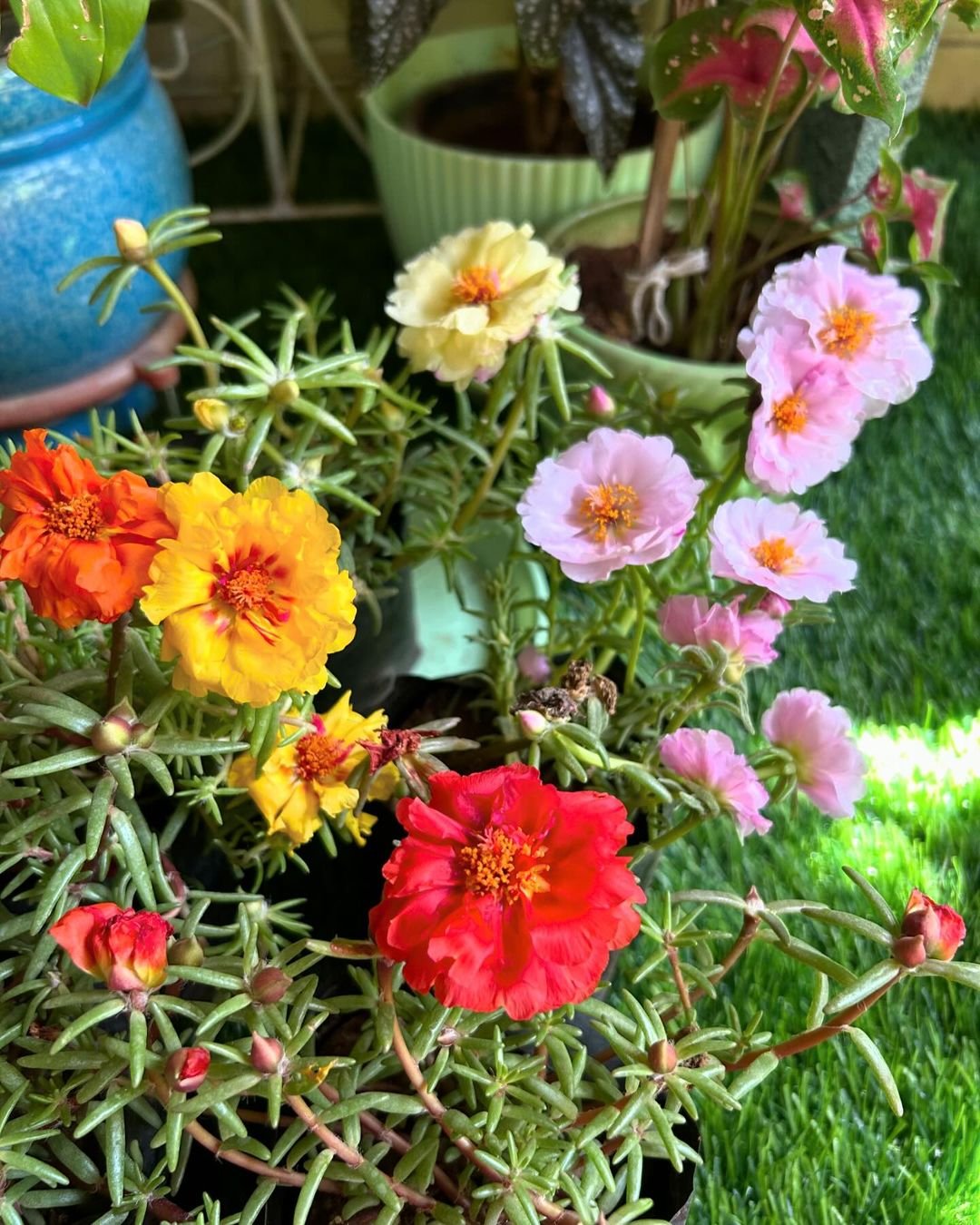
Here’s a short information chart about Moss Rose (Portulaca):
| Aspect | Information |
|---|---|
| Botanical Name | Portulaca grandiflora |
| Common Name | Moss Rose |
| Appearance | Low-growing succulent with colorful, rose-like flowers in various hues (pink, red, yellow, white) |
| Leaf Shape | Fleshy, cylindrical to spoon-shaped |
| Plant Type | Annual succulent |
| Zones | USDA Zones 2-11 |
| Sun Exposure | Full sun |
| Soil Type | Well-drained, sandy |
| Watering | Drought-tolerant; water sparingly |
| Fertilization | Minimal; prefers poor soil conditions |
| Growth Habit | Spreading, mat-forming |
| Height/Spread | Typically 4-8 inches tall; spreads up to 12 inches |
| Pests | Generally pest-resistant; occasional aphid or spider mite issues |
| Special Features | Heat and drought tolerant; blooms profusely; suitable for rock gardens, containers and ground cover |
Moss rose is a low-growing annual with succulent-like leaves and colorful flowers. It’s great for rock gardens and hot, dry areas.
How to grow:
- Plant in full sun
- Use well-draining soil
- Water sparingly; it’s drought-tolerant
6. Muscari (Grape Hyacinth)
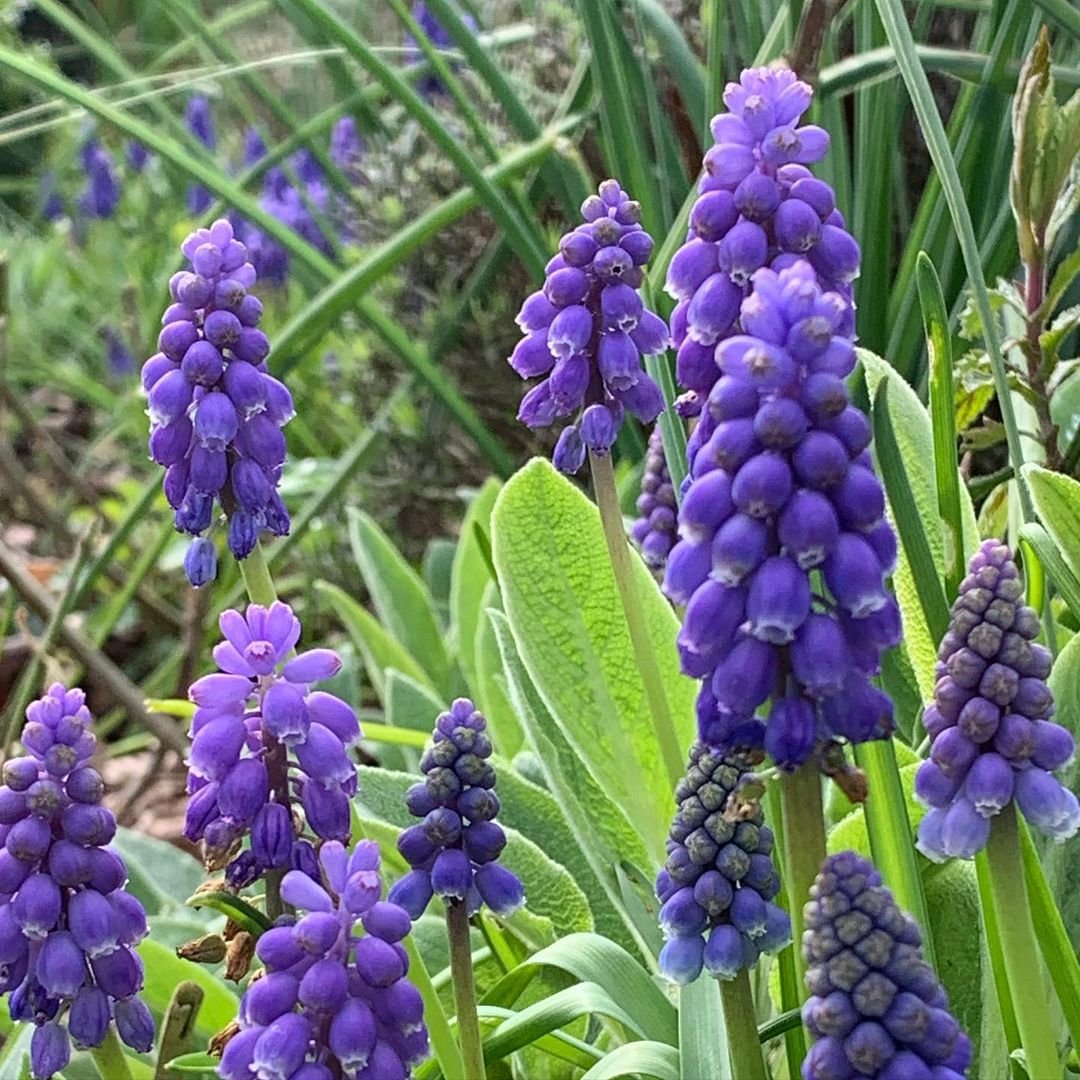
Here’s a short information chart about Muscari, commonly known as Grape Hyacinth:
| Aspect | Information |
|---|---|
| Botanical Name | Muscari spp. |
| Common Name | Grape Hyacinth |
| Appearance | Compact spikes of small, bell-shaped flowers in shades of blue, purple, or white, resembling grapes |
| Leaf Shape | Narrow, strap-like |
| Plant Type | Perennial bulb |
| Zones | USDA Zones 4-9, depending on species |
| Sun Exposure | Full sun to partial shade |
| Soil Type | Well-drained, fertile |
| Watering | Average; prefers moderate moisture |
| Fertilization | Light feeding with balanced fertilizer in spring |
| Growth Habit | Clumping, spreading |
| Height/Spread | Typically 6-12 inches tall; spreads gradually |
| Pests | Generally pest-free |
| Special Features | Early spring bloomer; deer-resistant; ideal for naturalizing in woodland gardens or under trees |
Muscari are small spring-blooming bulbs with clusters of blue or purple flowers that look like tiny grapes.
How to grow:
- Plant bulbs in fall
- Choose a spot with full sun to partial shade
- Well-draining soil is essential
7. Mimosa (Silk Tree)
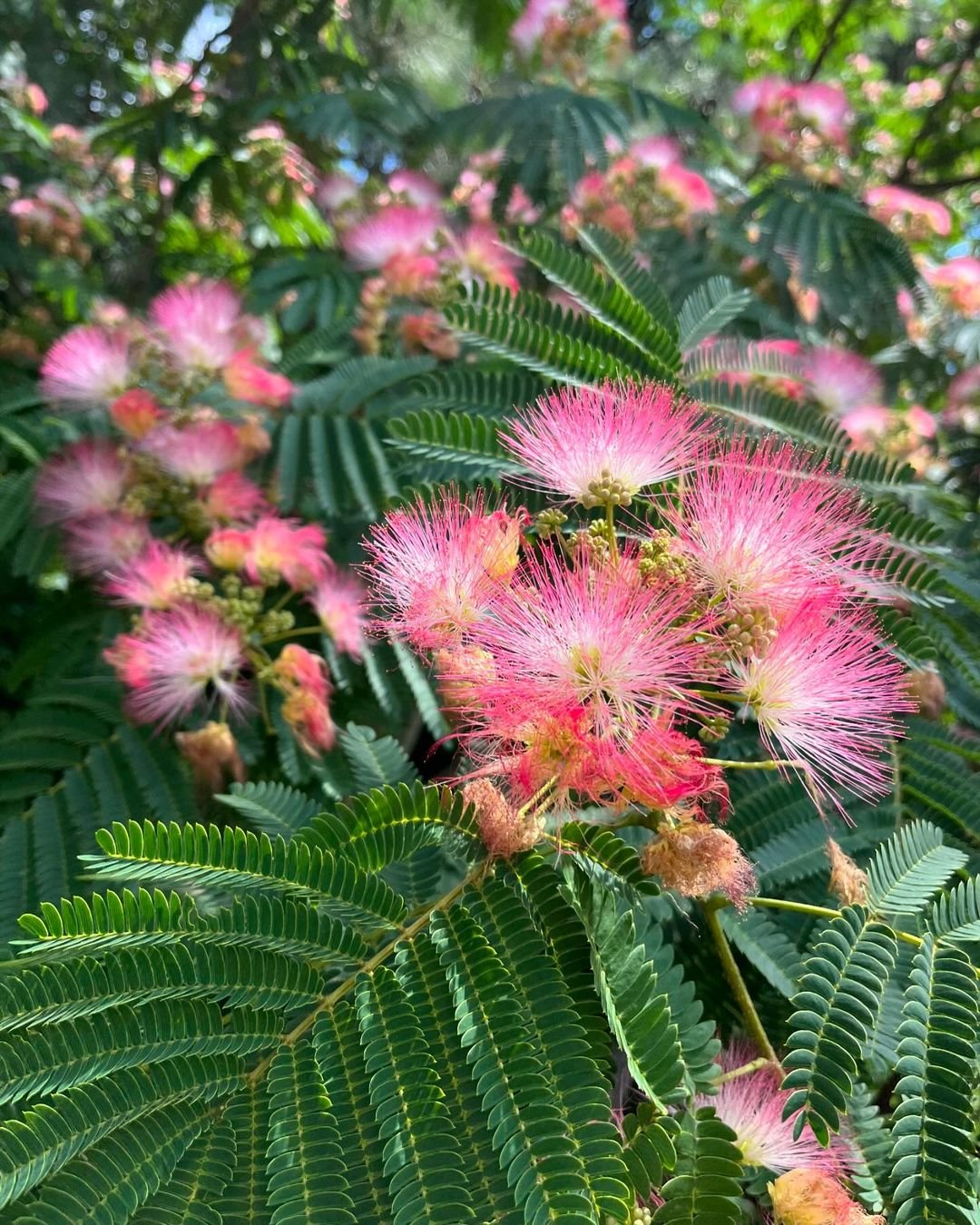
Here’s a short information chart about Mimosa, also known as Silk Tree:
| Aspect | Information |
|---|---|
| Botanical Name | Albizia julibrissin |
| Common Name | Mimosa, Silk Tree |
| Appearance | Delicate, fern-like foliage; fluffy pink or white pom-pom flowers in summer |
| Leaf Shape | Bipinnately compound, feathery |
| Plant Type | Deciduous tree |
| Zones | USDA Zones 6-9 |
| Sun Exposure | Full sun to partial shade |
| Soil Type | Well-drained, fertile |
| Watering | Regular; prefers moderate moisture |
| Fertilization | Light feeding with balanced fertilizer in spring |
| Growth Habit | Spreading canopy, open |
| Height/Spread | Typically 20-40 feet tall, spread similar to height |
| Pests | Generally pest-resistant; watch for webworms |
| Special Features | Fragrant flowers attract butterflies and bees; sensitive leaves fold in response to touch |
The mimosa tree has feathery leaves and fluffy pink flowers that bloom in summer. Be careful, as it can be invasive in some areas.
How to grow:
- Plant in full sun
- Tolerates various soil types
- Prune to maintain shape and size
8. Monarda (Bee Balm)
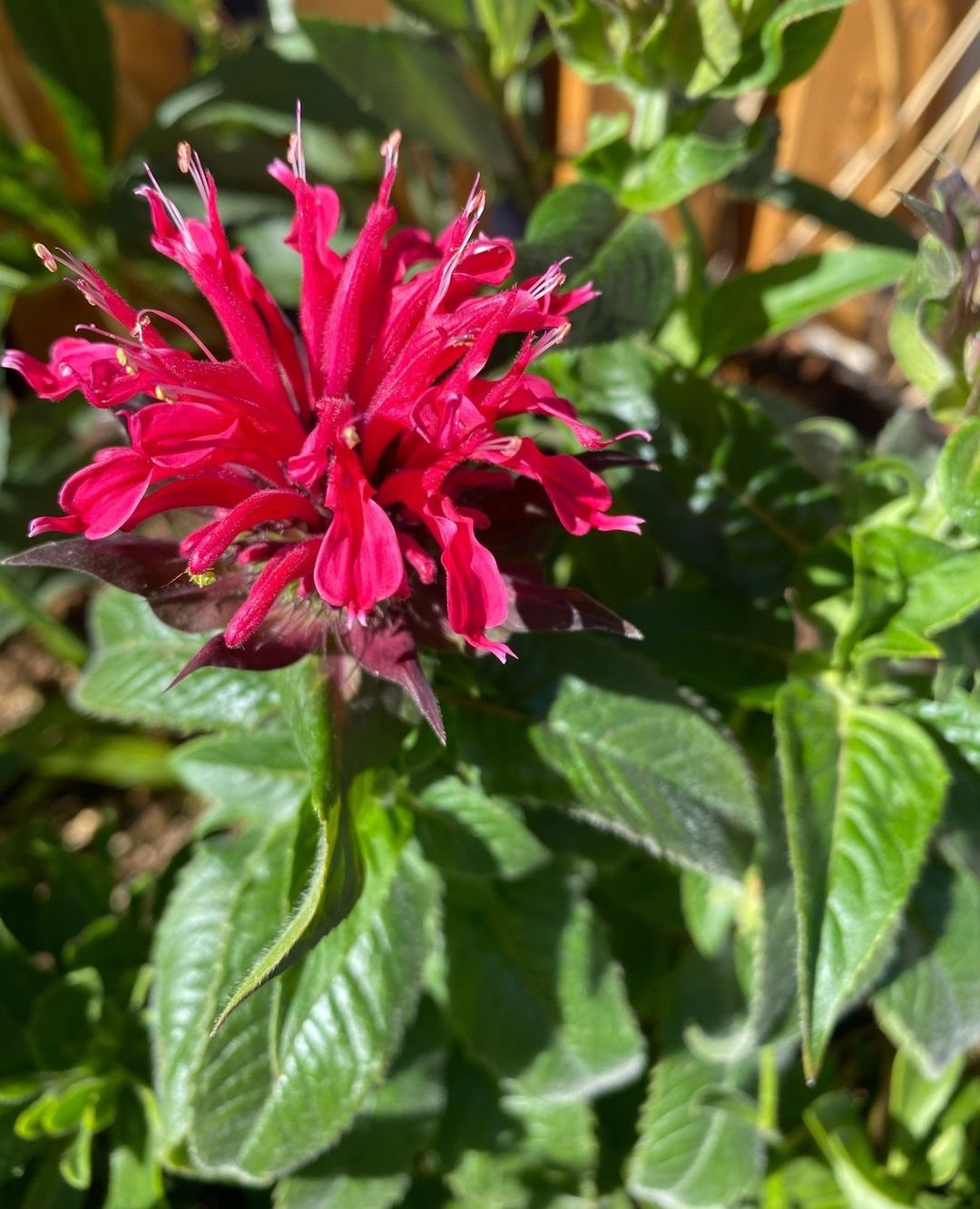
Here’s a short information chart about Monarda, commonly known as Bee Balm:
| Aspect | Information |
|---|---|
| Botanical Name | Monarda spp. |
| Common Name | Bee Balm |
| Appearance | Clusters of tubular flowers in shades of red, pink, purple or white; aromatic foliage |
| Leaf Shape | Lance-shaped, serrated |
| Plant Type | Herbaceous perennial |
| Zones | USDA Zones 4-9, depending on species |
| Sun Exposure | Full sun to partial shade |
| Soil Type | Moist, well-drained |
| Watering | Regular; prefers consistent moisture |
| Fertilization | Light feeding with balanced fertilizer in spring |
| Growth Habit | Upright, clumping |
| Height/Spread | Typically 2-4 feet tall; spreads gradually |
| Pests | Generally pest-resistant; susceptible to powdery mildew in humid conditions |
| Special Features | Attracts bees, butterflies, and hummingbirds; used in herb gardens and as a cut flower |
Monarda or bee balm, has spiky flowers in shades of red, pink or purple. It attracts bees, butterflies and hummingbirds.
How to grow:
- Plant in full sun to partial shade
- Keep soil moist
- Divide every few years to prevent overcrowding
9. Malva (Mallow)
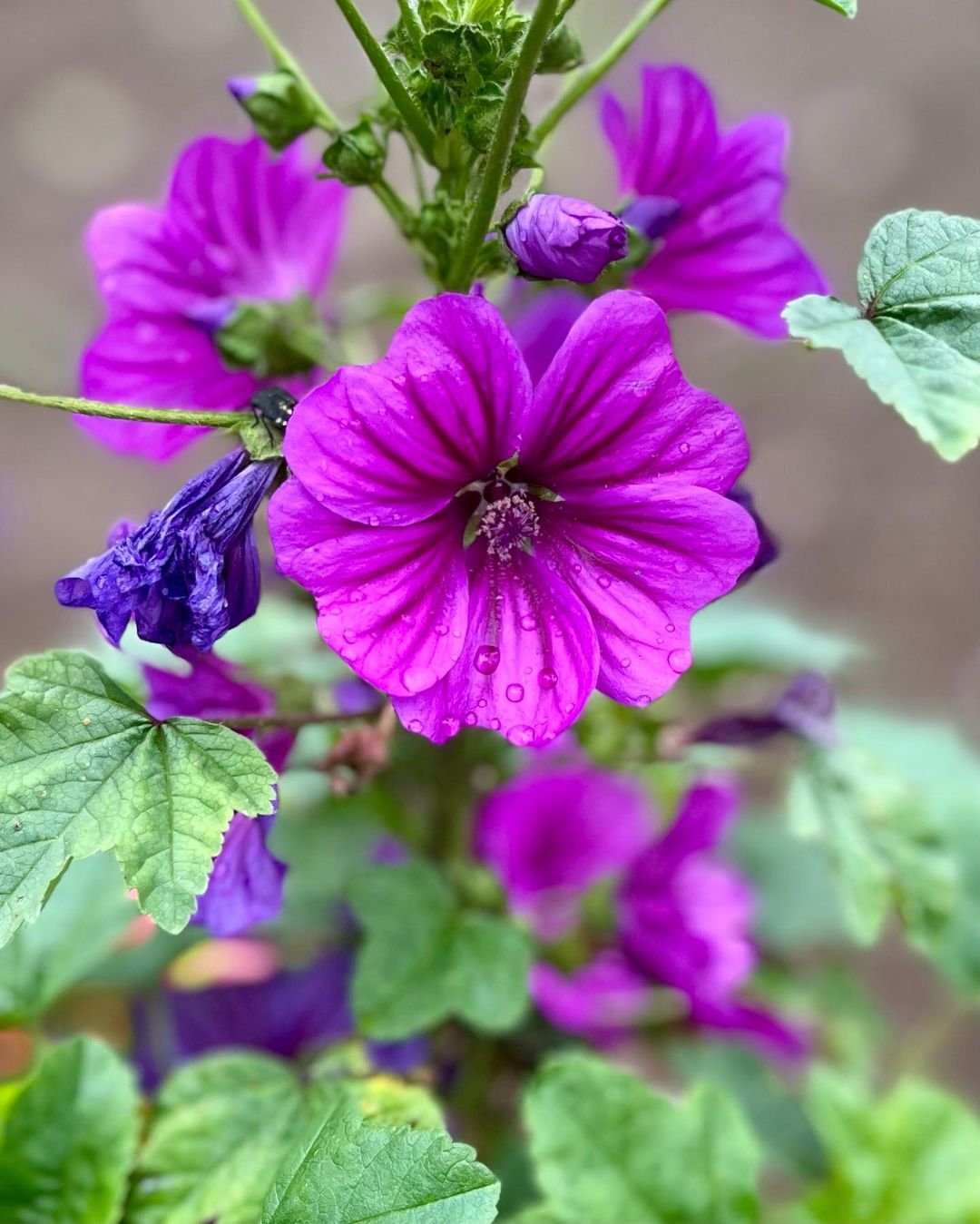
Here’s a short information chart about Malva, commonly known as Mallow:
| Aspect | Information |
|---|---|
| Botanical Name | Malva spp. |
| Common Name | Mallow |
| Appearance | Five-petaled, saucer-shaped flowers in shades of pink, purple or white; palmate or lobed leaves |
| Leaf Shape | Palmate or lobed |
| Plant Type | Herbaceous perennial |
| Zones | USDA Zones 3-8, depending on species |
| Sun Exposure | Full sun to partial shade |
| Soil Type | Well-drained, fertile |
| Watering | Regular; prefers moderate moisture |
| Fertilization | Light feeding with balanced fertilizer in spring |
| Growth Habit | Upright, spreading |
| Height/Spread | Typically 1-4 feet tall; spreads gradually |
| Pests | Generally pest-resistant |
| Special Features | Attracts bees and butterflies; used in cottage gardens and for culinary and medicinal purposes |
Malva flowers have five-petaled blooms in shades of pink, purple or white. They’re easy to grow and bloom for a long time.
How to grow:
- Plant in full sun to partial shade
- Well-draining soil is best
- Deadhead to encourage more blooms
10. Matthiola (Stock)

Here’s a short information chart about Matthiola, commonly known as Stock:
| Aspect | Information |
|---|---|
| Botanical Name | Matthiola spp. |
| Common Name | Stock |
| Appearance | Spikes of fragrant, four-petaled flowers in shades of pink, purple, white or yellow |
| Leaf Shape | Lanceolate to ovate |
| Plant Type | Annual or biennial herb |
| Zones | USDA Zones 7-10 |
| Sun Exposure | Full sun |
| Soil Type | Well-drained, fertile |
| Watering | Regular; prefers moderate moisture |
| Fertilization | Light feeding with balanced fertilizer in spring |
| Growth Habit | Upright, branching |
| Height/Spread | Typically 1-3 feet tall; spreads gradually |
| Pests | Generally pest-resistant; watch for aphids and caterpillars |
| Special Features | Fragrant flowers; used in floral arrangements and as a garden ornamental |
Matthiola or stock, has spikes of fragrant flowers in various colors. It’s often grown for cutting gardens.
How to grow:
- Plant in full sun
- Keep soil consistently moist
- Pinch back young plants for bushier growth
11. Myosotis (Forget-Me-Not)

Forget-me-nots have tiny blue flowers with yellow centers. They’re great for woodland gardens and moist areas.
How to grow:
- Plant in partial shade
- Keep soil consistently moist
- Allow to self-seed for naturalization
12. Mandevilla
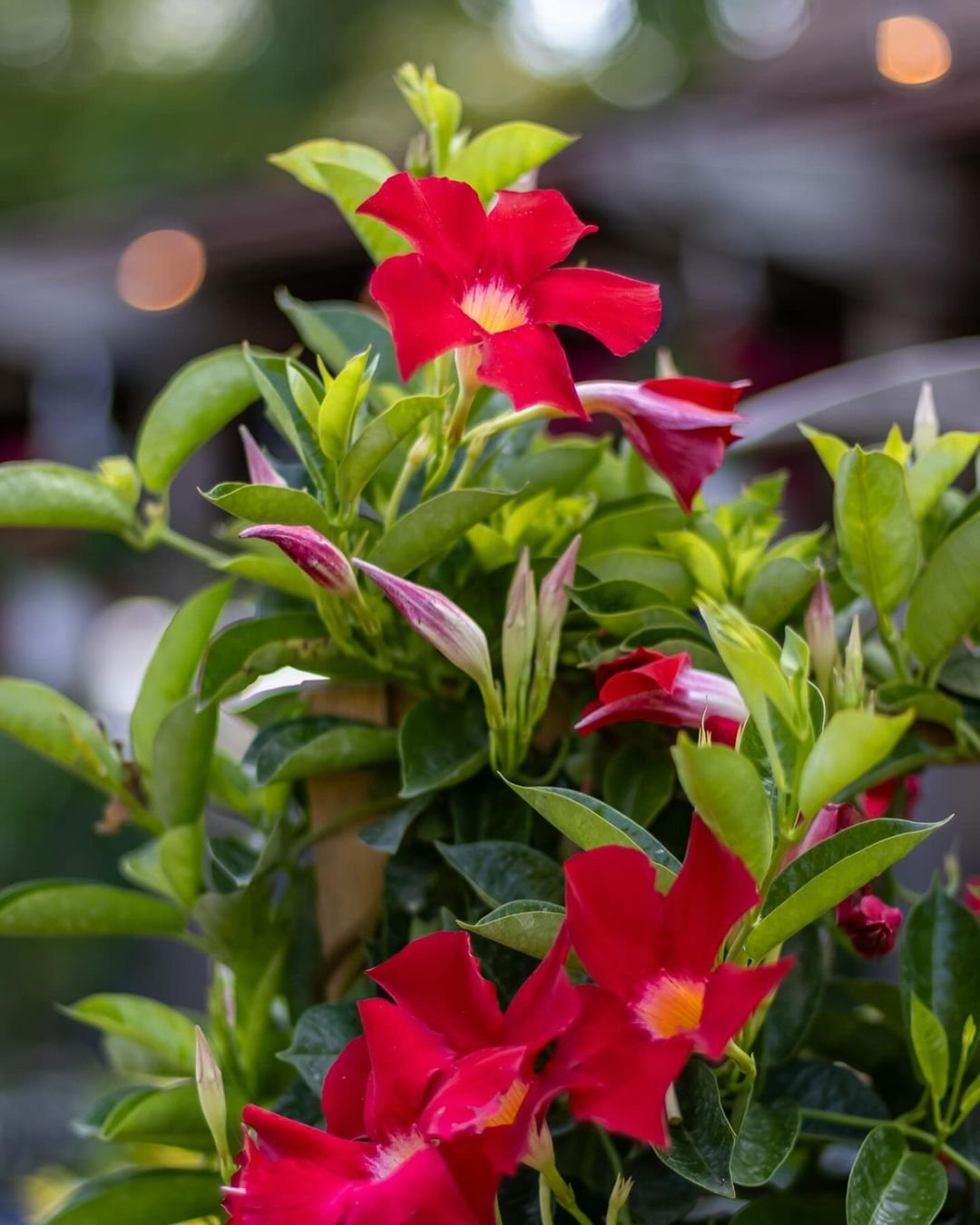
Here’s a short information chart about Mandevilla:
| Aspect | Information |
|---|---|
| Botanical Name | Mandevilla spp. |
| Common Name | Mandevilla |
| Appearance | Showy, trumpet-shaped flowers in shades of pink, red or white; glossy, dark green leaves |
| Leaf Shape | Oval to lanceolate |
| Plant Type | Evergreen vine or shrub |
| Zones | USDA Zones 9-11 |
| Sun Exposure | Full sun to partial shade |
| Soil Type | Well-drained, fertile |
| Watering | Regular; prefers consistent moisture |
| Fertilization | Monthly feeding with balanced fertilizer during growing season |
| Growth Habit | Climbing or trailing |
| Height/Spread | Varies by species; can range from 3 to 15 feet tall |
| Pests | Susceptible to spider mites and aphids |
| Special Features | Tropical appearance; used in containers and hanging baskets; attracts hummingbirds |
Mandevilla is a tropical vine with large, trumpet-shaped flowers in shades of pink, red or white.
How to grow:
- Provide a trellis or support for climbing
- Plant in full sun to partial shade
- Keep soil moist but not waterlogged
13. Mignonette
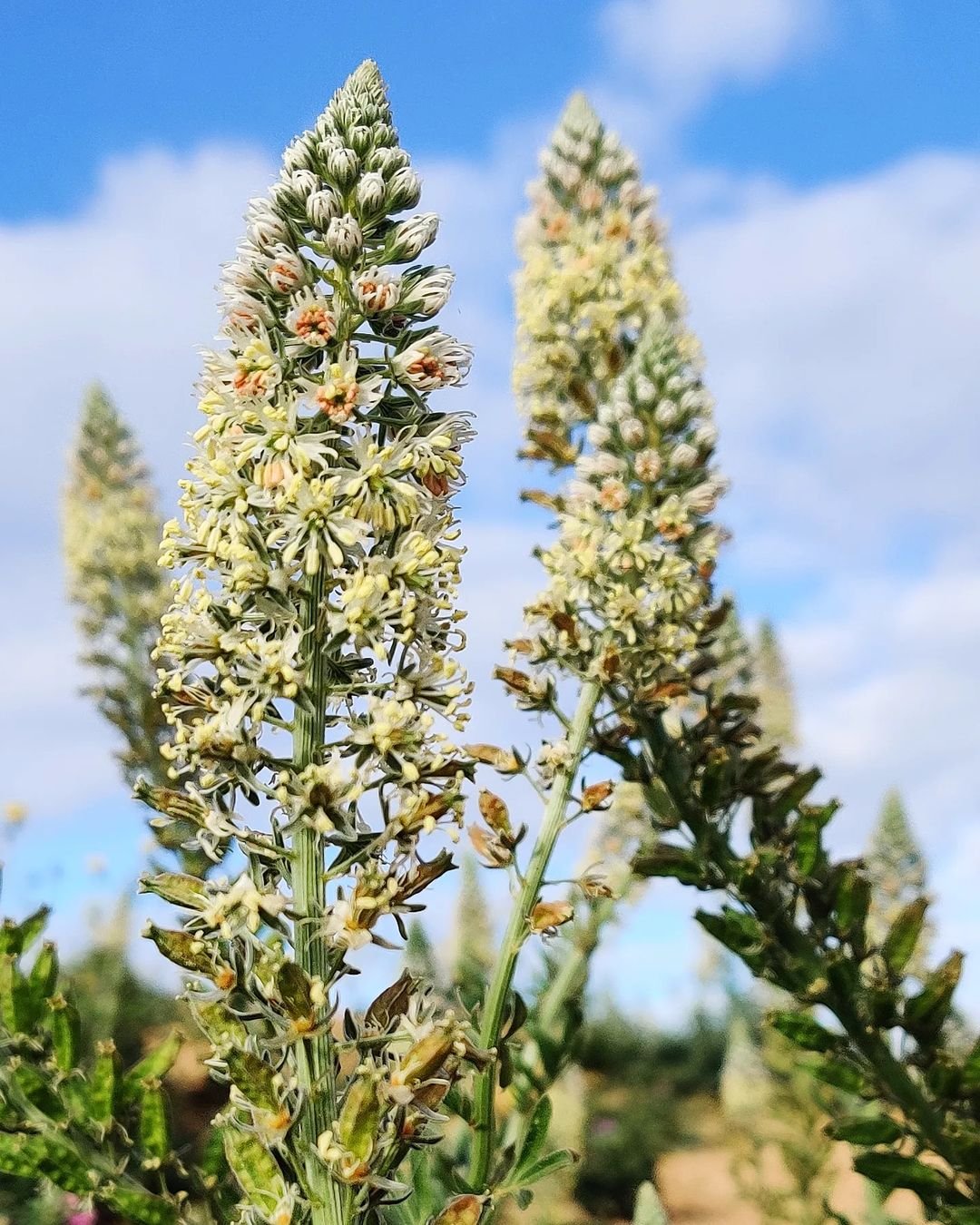
Here’s a short information chart about Mignonette:
| Aspect | Information |
|---|---|
| Botanical Name | Reseda spp. |
| Common Name | Mignonette |
| Appearance | Clusters of small, tubular flowers in greenish-yellow to white |
| Leaf Shape | Lanceolate to oval |
| Plant Type | Annual herb |
| Zones | USDA Zones 2-11 |
| Sun Exposure | Full sun to partial shade |
| Soil Type | Well-drained, fertile |
| Watering | Moderate |
| Fertilization | Light feeding with balanced fertilizer |
| Growth Habit | Upright, bushy |
| Height/Spread | Typically 6-18 inches tall; spreads gradually |
| Pests | Generally pest-resistant |
| Special Features | Fragrant flowers; used in perfumery and as a filler in floral arrangements |
Mignonette has small, fragrant flowers on spiky stems. It’s not showy, but the scent is delightful.
How to grow:
- Plant in full sun to partial shade
- Well-draining soil is essential
- Sow seeds directly in the garden
14. Mirabilis (Four O’Clock)
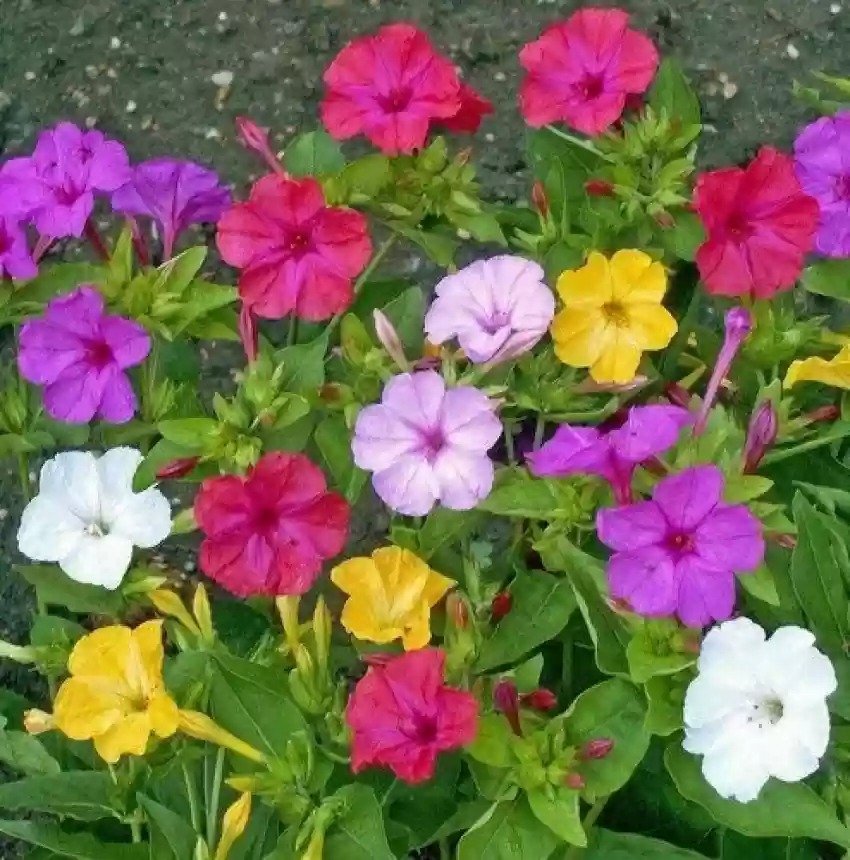
Here’s a short information chart about Mirabilis, commonly known as Four O’Clock:
| Aspect | Information |
|---|---|
| Botanical Name | Mirabilis spp. |
| Common Name | Four O’Clock |
| Appearance | Trumpet-shaped flowers in various colors (pink, red, yellow, white); fragrant blooms that open in late afternoon |
| Leaf Shape | Oval to heart-shaped |
| Plant Type | Herbaceous perennial or annual depending on climate |
| Zones | USDA Zones 7-11 (perennial); grown as annuals in cooler climates |
| Sun Exposure | Full sun to partial shade |
| Soil Type | Well-drained, fertile |
| Watering | Regular; prefers moderate moisture |
| Fertilization | Light feeding with balanced fertilizer in spring |
| Growth Habit | Upright, bushy |
| Height/Spread | Typically 1-3 feet tall; spreads gradually |
| Pests | Generally pest-resistant; occasional issues with spider mites and aphids |
| Special Features | Fragrant flowers; blooms in late afternoon and evening; attracts hummingbirds and butterflies |
Four o’clocks have trumpet-shaped flowers that open in late afternoon. They come in a variety of colors and patterns.
How to grow:
- Plant in full sun to partial shade
- Tolerates various soil types
- Water regularly during dry spells
15. Monkey Flower
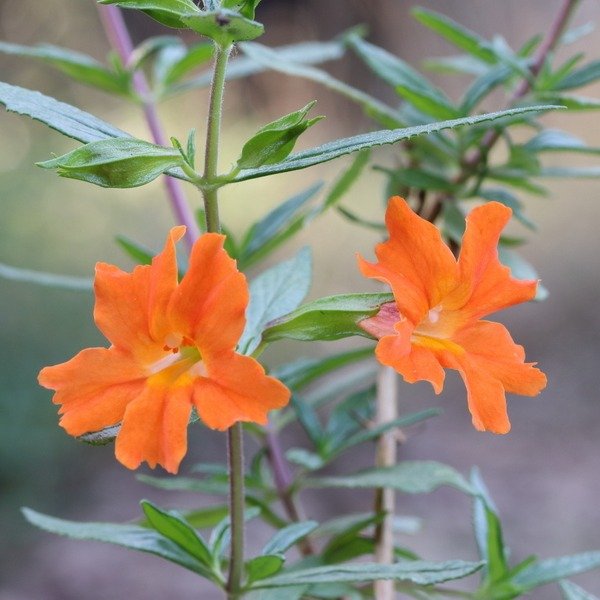
Here’s a short information chart about Monkey Flower:
| Aspect | Information |
|---|---|
| Botanical Name | Mimulus spp. |
| Common Name | Monkey Flower |
| Appearance | Tubular flowers in various colors (yellow, orange, red, pink, lavender) with spots or markings |
| Leaf Shape | Lanceolate to ovate |
| Plant Type | Herbaceous perennial |
| Zones | USDA Zones 4-10, depending on species |
| Sun Exposure | Full sun to partial shade |
| Soil Type | Moist, well-drained |
| Watering | Regular; prefers consistent moisture |
| Fertilization | Light feeding with balanced fertilizer |
| Growth Habit | Upright, spreading |
| Height/Spread | Typically 6 inches to 2 feet tall; spreads gradually |
| Pests | Generally pest-resistant; watch for aphids |
| Special Features | Attracts bees and butterflies; suitable for moist areas and along water features |
Monkey flowers have whimsical blooms that resemble a monkey’s face. They come in various colors and patterns.
How to grow:
- Plant in partial shade
- Keep soil consistently moist
- Great for bog gardens or near water features
16. Melampodium
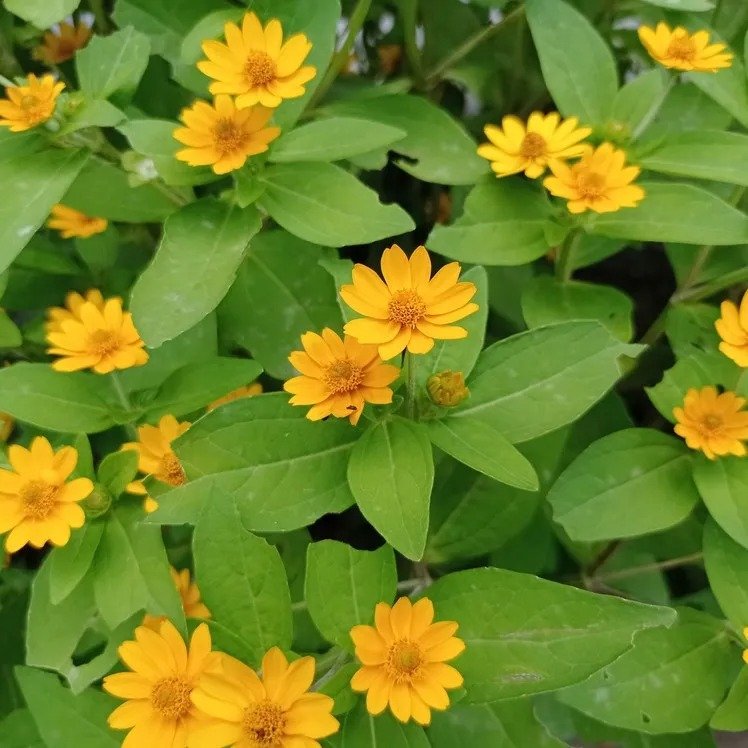
Here’s a short information chart about Melampodium:
| Aspect | Information |
|---|---|
| Botanical Name | Melampodium spp. |
| Common Name | Melampodium |
| Appearance | Daisy-like flowers in shades of yellow or gold; compact, bushy growth habit |
| Leaf Shape | Lanceolate, toothed |
| Plant Type | Annual |
| Zones | USDA Zones 8-11 |
| Sun Exposure | Full sun |
| Soil Type | Well-drained, fertile |
| Watering | Moderate |
| Fertilization | Light feeding with balanced fertilizer |
| Growth Habit | Compact, mounding |
| Height/Spread | Typically 6-12 inches tall; spreads 12-18 inches |
| Pests | Generally pest-resistant |
| Special Features | Heat and drought tolerant; blooms profusely; suitable for borders, containers and mass plantings |
Melampodium has small, daisy-like flowers in bright yellow. It’s heat-tolerant and blooms all summer.
How to grow:
- Plant in full sun
- Tolerates various soil types
- Drought-tolerant once established
17. Mountain Laurel
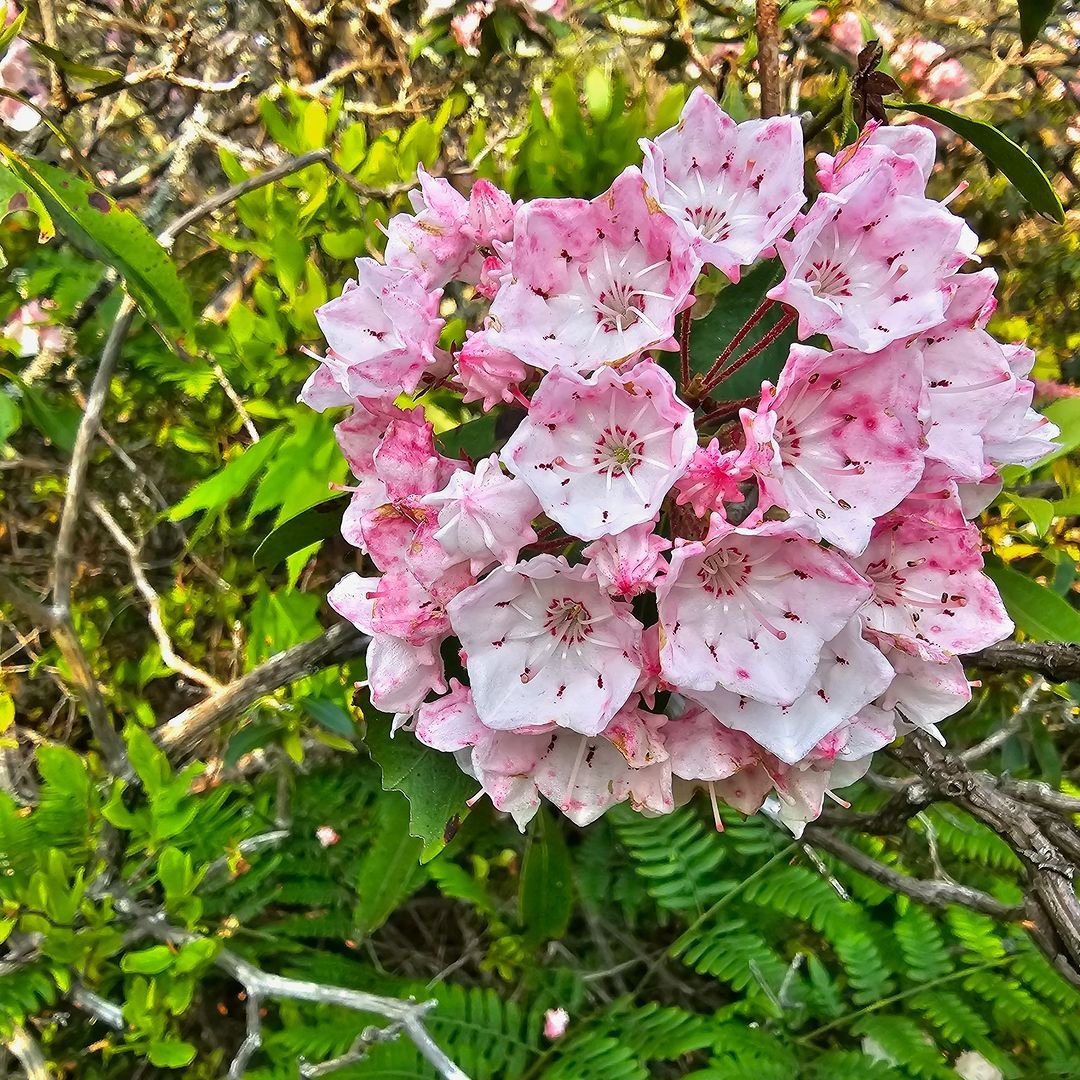
Here’s a short information chart about Mountain Laurel:
| Aspect | Information |
|---|---|
| Botanical Name | Kalmia latifolia |
| Common Name | Mountain Laurel |
| Appearance | Clusters of small, cup-shaped flowers in shades of pink, white or rarely, red; glossy, leathery evergreen leaves |
| Leaf Shape | Oblong to elliptical |
| Plant Type | Evergreen shrub or small tree |
| Zones | USDA Zones 5-9 |
| Sun Exposure | Partial shade to full shade |
| Soil Type | Moist, well-drained acidic soil |
| Watering | Regular; prefers consistent moisture |
| Fertilization | Light feeding with acidic fertilizer in spring |
| Growth Habit | Dense, rounded |
| Height/Spread | Typically 5-15 feet tall; spreads 5-10 feet |
| Pests | Generally pest-resistant |
| Special Features | Attractive to bees and butterflies; deer-resistant; used in woodland gardens and as an ornamental plant |
Mountain laurel is an evergreen shrub with clusters of pink or white flowers. It’s native to eastern North America.
How to grow:
- Plant in partial shade
- Acidic, well-draining soil is best
- Water deeply and regularly when young
18. Mullein
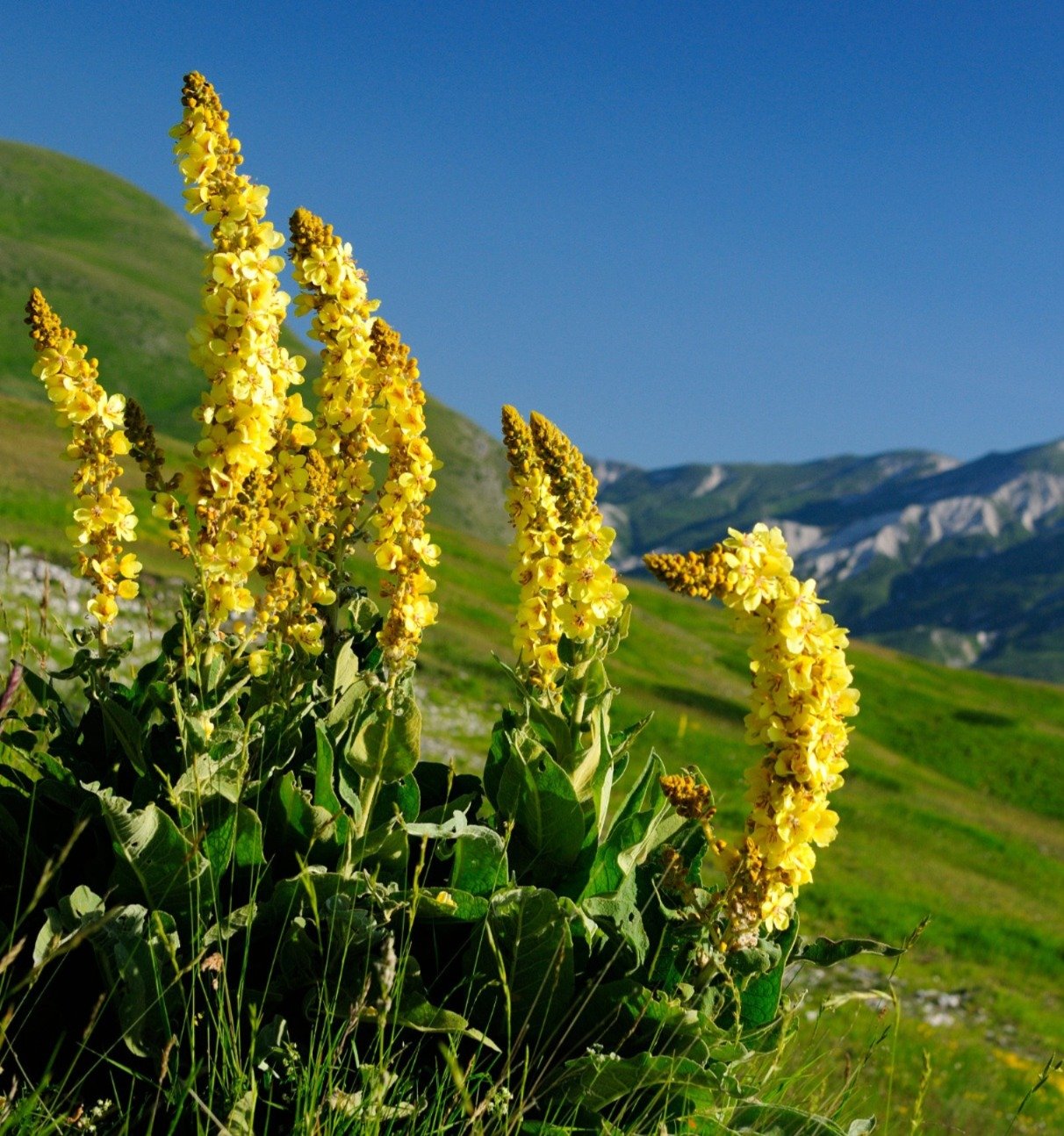
Here’s a short information chart about Mullein:
| Aspect | Information |
|---|---|
| Botanical Name | Verbascum spp. |
| Common Name | Mullein |
| Appearance | Tall, upright spikes of yellow flowers; large, fuzzy, gray-green leaves in a rosette at the base |
| Leaf Shape | Lanceolate, fuzzy |
| Plant Type | Biennial or perennial herb |
| Zones | USDA Zones 3-9 |
| Sun Exposure | Full sun to partial shade |
| Soil Type | Well-drained, poor to moderately fertile |
| Watering | Drought-tolerant; prefers dry to moderately moist soil |
| Fertilization | Minimal feeding with balanced fertilizer |
| Growth Habit | Upright, tall |
| Height/Spread | Typically 3-6 feet tall; spread varies |
| Pests | Generally pest-resistant; watch for powdery mildew |
| Special Features | Used in herbal medicine; attracts pollinators; adds architectural interest to gardens |
Mullein has tall spikes of yellow flowers and large, fuzzy leaves. It’s often found in wild areas but can be grown in gardens.
How to grow:
- Plant in full sun
- Well-draining soil is essential
- Drought-tolerant once established
19. Mertensia (Virginia Bluebells)
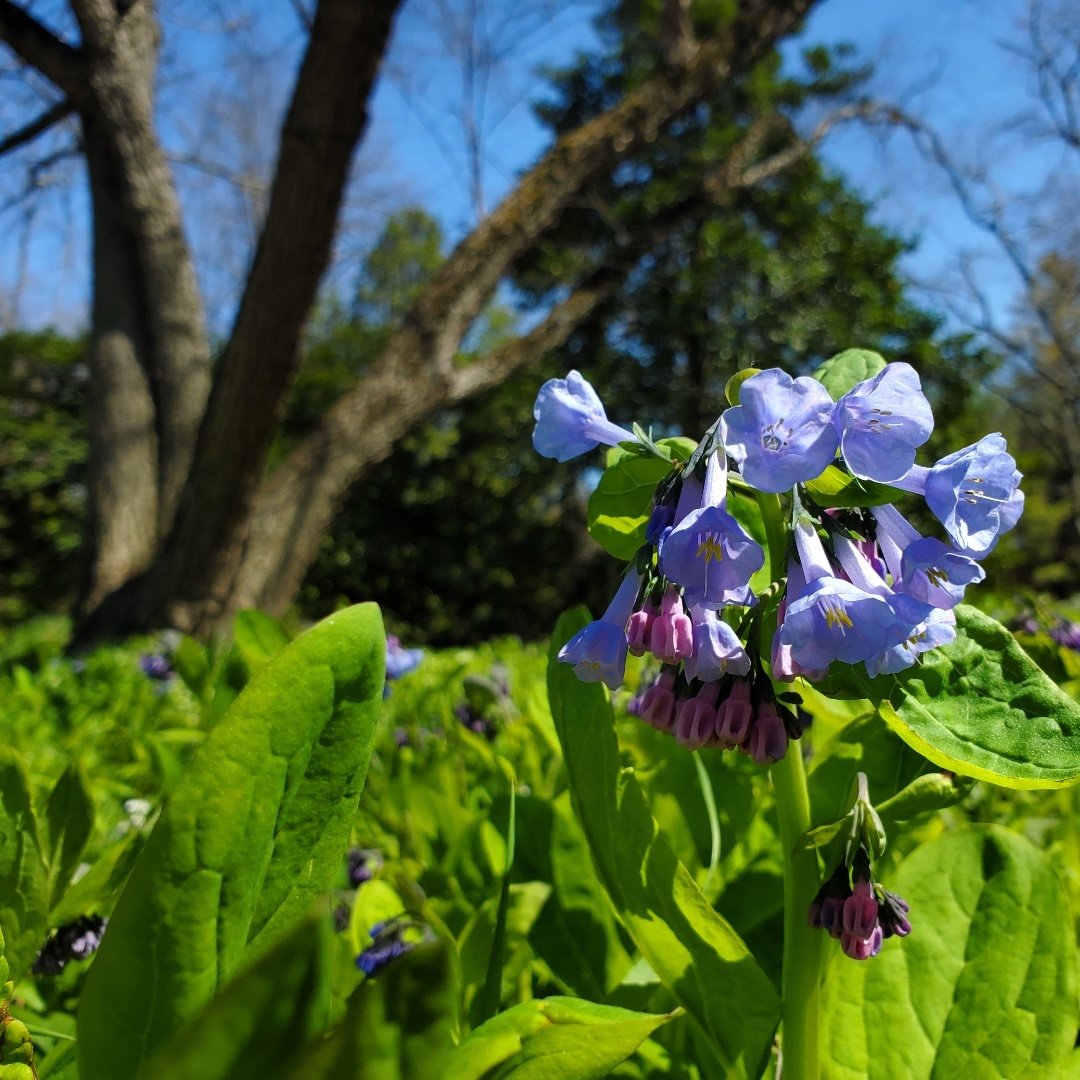
Here’s a short information chart about Mertensia, commonly known as Virginia Bluebells:
| Aspect | Information |
|---|---|
| Botanical Name | Mertensia spp. |
| Common Name | Virginia Bluebells |
| Appearance | Bell-shaped, nodding flowers in shades of blue, pink or white; smooth, lanceolate leaves |
| Leaf Shape | Lanceolate |
| Plant Type | Herbaceous perennial |
| Zones | USDA Zones 3-8 |
| Sun Exposure | Part shade to full shade |
| Soil Type | Moist, well-drained, rich in organic matter |
| Watering | Moderate |
| Fertilization | Light feeding with balanced fertilizer in spring |
| Growth Habit | Clumping, spreading |
| Height/Spread | Typically 1-2 feet tall; spreads gradually |
| Pests | Generally pest-resistant |
| Special Features | Attractive to bees and butterflies; native to eastern North America; naturalizes in woodland gardens |
Virginia bluebells have clusters of blue, bell-shaped flowers in spring. They’re great for woodland gardens.
How to grow:
- Plant in partial to full shade
- Keep soil consistently moist
- Allow foliage to die back naturally after blooming
These 19 flowers that start with M offer a wide range of colors, shapes and growing habits. Whether you’re looking for annuals, perennials or shrubs, there’s something here for every garden. Remember to consider your local climate and soil conditions when choosing plants. With proper care, these magnificent M flowers can bring beauty and interest to your outdoor space for years to come.
For more gardening tips and plant care advice, check out the Cooperative Extension System website. They offer research-based information to help you succeed in your gardening endeavors.

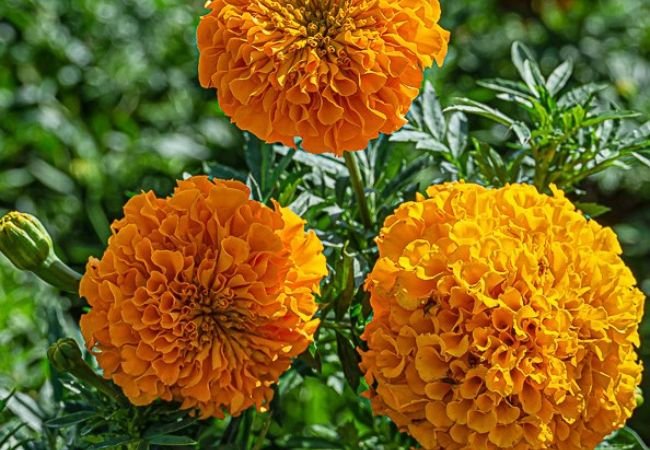





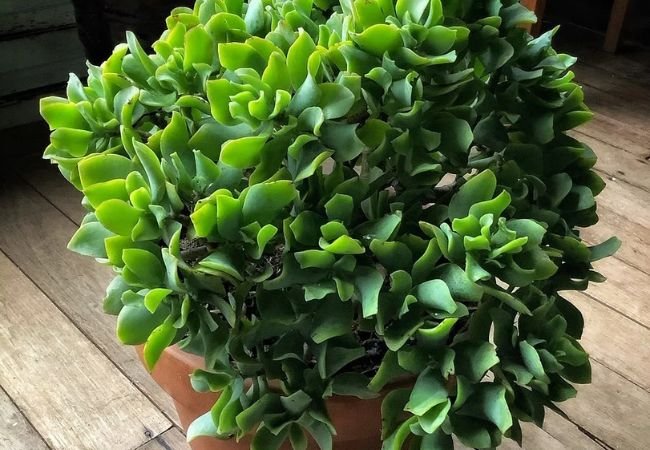
Leave a Reply